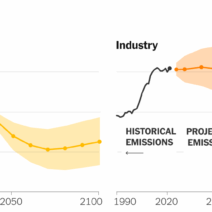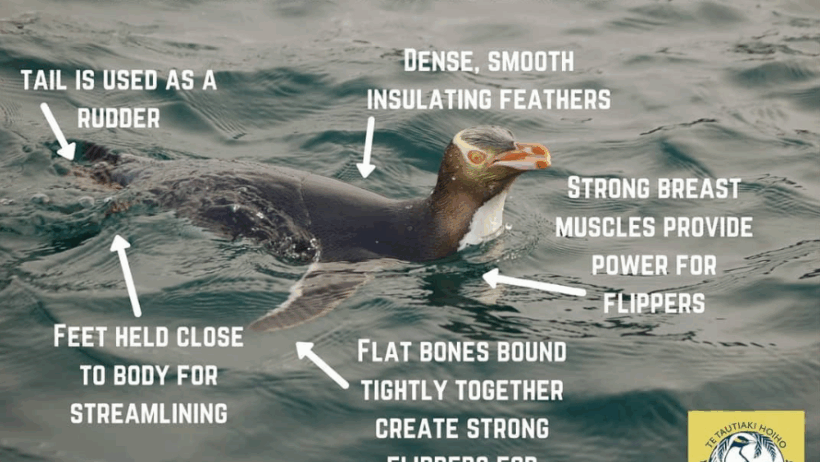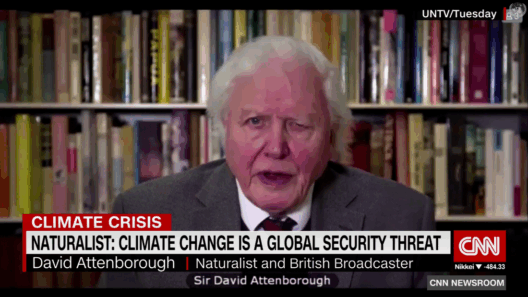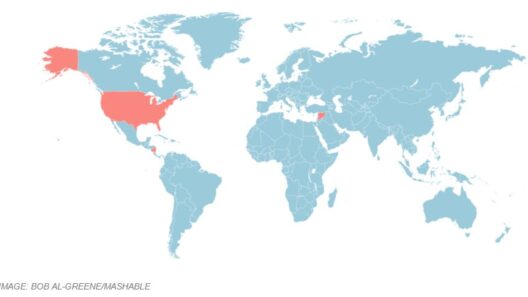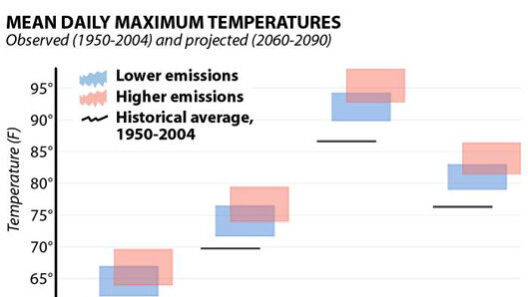Penguins are quintessential symbols of the Antarctic realm, captivating enthusiasts with their seemingly endearing waddles and social behaviors. Their stark black-and-white plumage and robust form create an incongruous juxtaposition against the stark icy landscapes they inhabit. Yet, this perception often raises a pivotal question: can penguins survive in warm climates? To explore this query, one must delve into the biological and ecological complexities that govern animal adaptation. The answer is multifaceted and, as with much in nature, laden with nuance.
At the core of the discussion lies an exploration of the physiological traits that have evolved to suit the frigid shores of polar regions. Penguins possess a subcutaneous layer of blubber, a critical adaptation that insulates their bodies against the chilling waters. Moreover, their feathers are uniquely structured to prevent water from permeating their skin, providing an additional layer of thermal protection. These adaptations have made them highly specialized for life in extreme cold, rendering them virtually unfit for environments characterized by elevated temperatures.
Nonetheless, recent studies indicate that certain species display a remarkable degree of resilience in the face of shifting climates. For instance, the Galápagos penguin is a notable outlier. Nestled near the equator, this species has adapted to warmer weather patterns, showcasing physiological changes that allow them to cope with higher temperatures. Their behavior, including increased aerial activity and a penchant for seeking shade, underscores a dynamic form of adaptation. This raises an intriguing question: could we witness a similar evolution among other penguin populations as global temperatures continue to rise?
Adaptation is not solely a physiological phenomenon; it is intertwined with ecological factors as well. Penguins are highly social creatures, often nesting in large colonies that facilitate communal warmth and protection. In habitats that deviate from their traditional icy environments, this social structure may become an impediment rather than a benefit. Overcrowding, competition for resources, and increased disease transmission could decimate populations that venture too far from their adapted habitats.
Moreover, the notion of adaptability must navigate the intricacies of reproductive success. Penguins in warmer climates face challenges in rearing their young. For most species, optimal breeding conditions require a specific temperature range and the availability of appropriate food sources. As marine ecosystems become altered by climate change, the abundance and distribution of their prey, such as krill and fish, may become profoundly affected. A decrease in the availability of food can precipitate reproductive failures, leading to dwindling populations, even for those species that seem better equipped to handle warmth.
Moreover, the relentless march of climate change poses existential threats that transcend mere temperature shifts. The rise of sea levels threatens coastal habitats around the globe—habitats that serve as crucial nesting grounds for various penguin species. The melting of ice caps leads to a loss of habitat, which will amplify competition for the remaining viable nesting sites. Consequently, while certain species may exhibit initial signs of acclimatization to warmth, survival hinges on a balance of multiple factors, including habitat stability and food availability.
The societal implications of climate change must also be acknowledged. Human activities are irrevocably altering the ecological landscape. The encroachment of industrialization into natural habitats, coupled with fishing pressures that deplete essential fish stocks, creates a complex web of threats that extend beyond temperature alone. Penguins, like many creatures, are affected by anthropogenic stressors that threaten their very survivability. Therefore, while specific adaptations may indicate potential for survival in warmer climates, the overarching impacts of climate change, pollution, and habitat destruction must not be underestimated.
This narrative is not merely an academic exercise; it serves as a poignant reminder of the interconnectedness of our planet’s ecosystems. Penguins epitomize a broader environmental narrative—one that highlights the fragility of life in a rapidly changing world. The fascination with their plight transcends the mere curiosity about their thermal capacity; it is an urgent call to action for conservation efforts that aim to mitigate the harmful impacts of climate change.
In conclusion, while some penguin species may possess the necessary traits to thrive in warmer climates, the overarching challenges presented by climate change and habitat disruption complicate this narrative. As we ponder the future of penguins, it becomes increasingly evident that their survival hinges not solely on their adaptability but on our willingness to protect the intricate ecosystems that support them. The majesty of these creatures is matched by their vulnerability, and it is our responsibility to ensure that they continue to grace our planet’s frigid landscapes, reminding us of the splendor and fragility of life. Through thoughtful intervention and global awareness, we may yet preserve the sanctity of their habitats, allowing these iconic birds to flourish amid the challenges that lie ahead.
